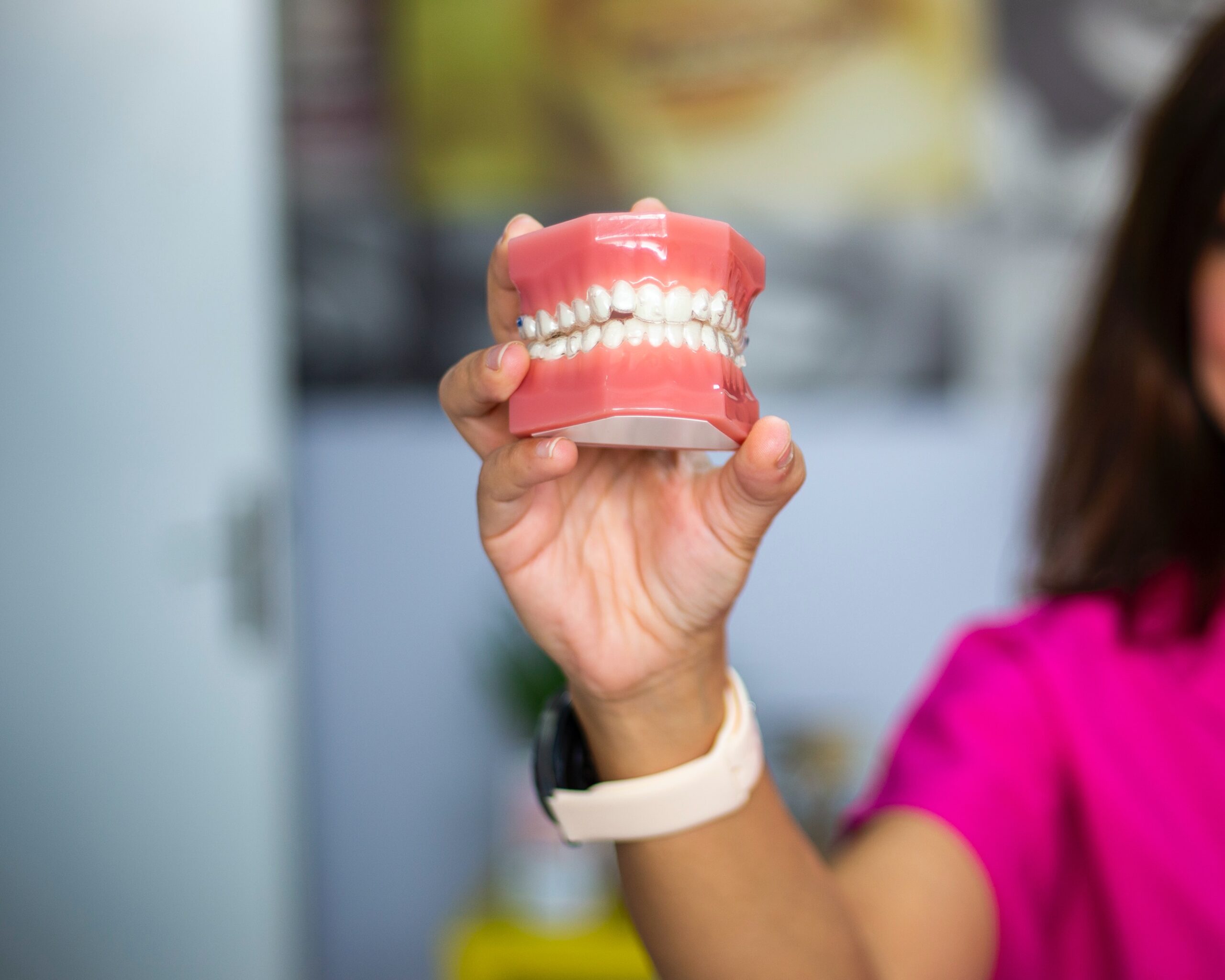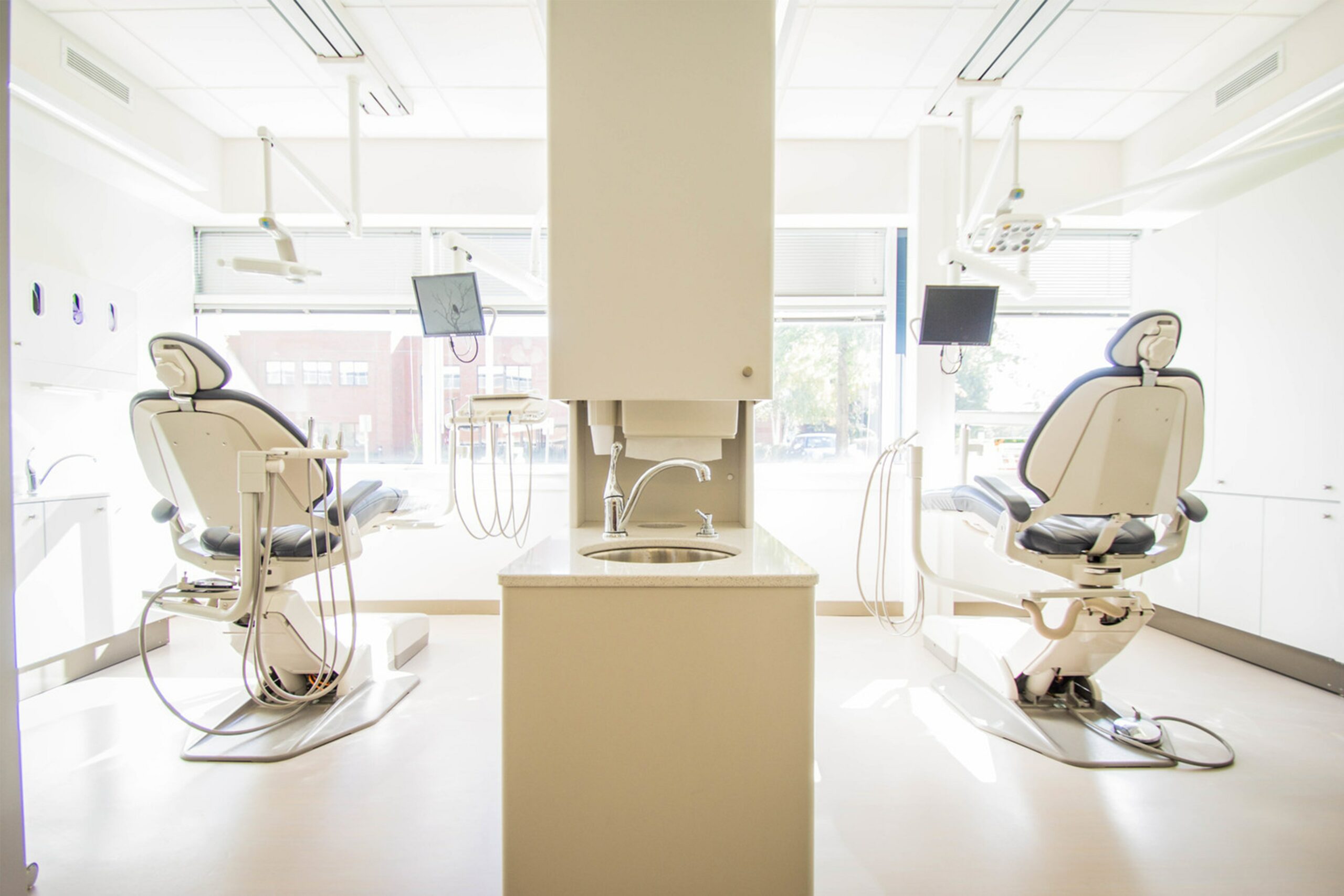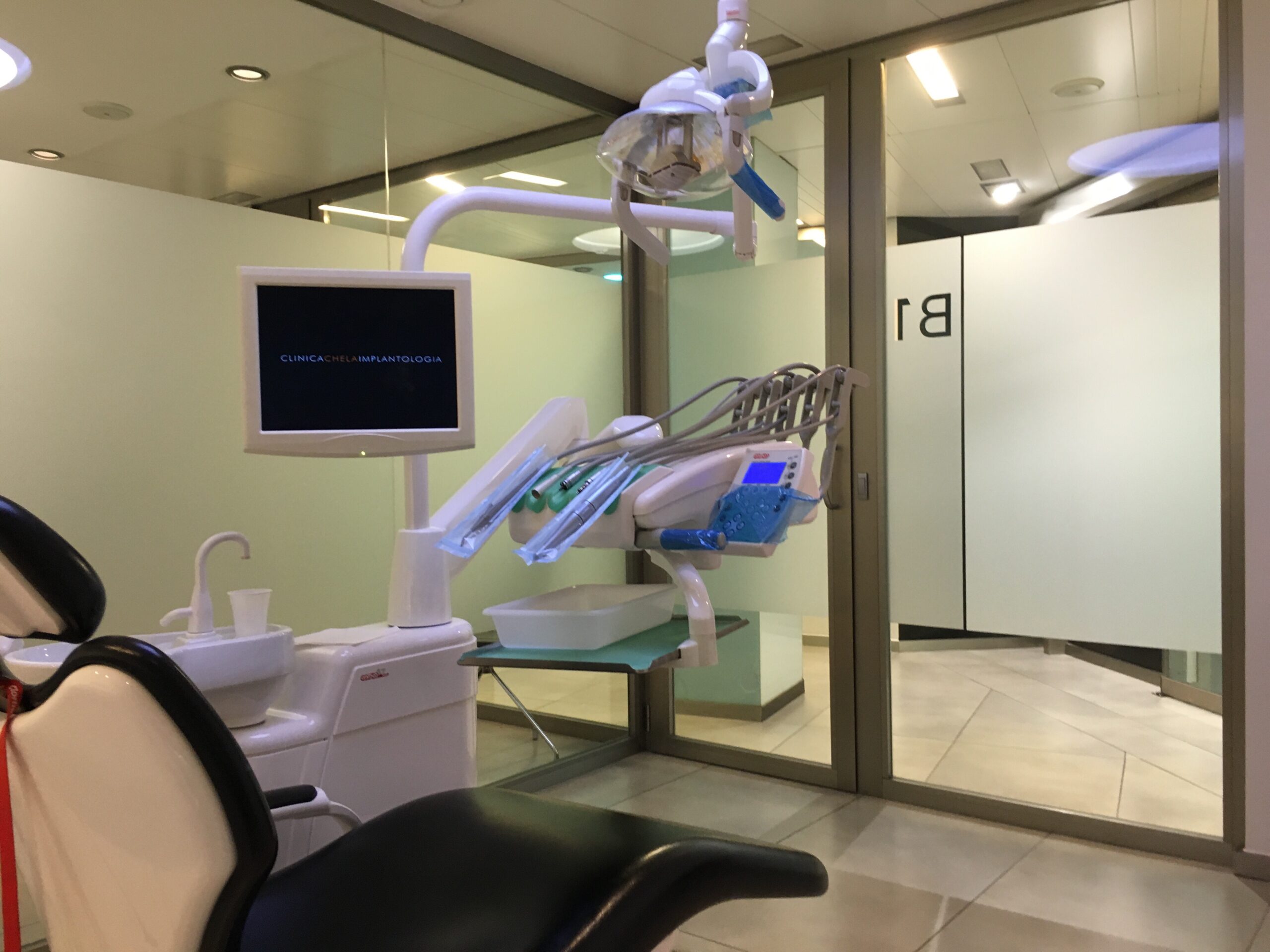
April 6, 2018
The 7 Essential Dental Practice Transitions Explained

By now, you’ve probably already decided that selling your practice is the best option, whether it’s for retirement or managerial purposes. But maybe you don’t know or haven’t started exploring all your options yet. Here, we break down the types of dental practice transitions in an effort to help you figure out which is best for you and your business.
Buy-out
A buy-out is exactly what it sounds like: when a purchaser buys your practice for a negotiated price. A relatively short transition period that typically only lasts three months is ideal for a prospective retiree. The seller may agree to stay on part-time to help ease the transition for the buyer, employees and patients.
Buy-in
A buy-in is the opposite of a buy-out in which a specific buyer purchases a defined portion of the practice for a negotiated amount determined at the outset. In this case, a professional dental practice broker will also perform a personality profile to ensure compatibility, in addition to a practice analysis.
Associate to buy-in
Here, a potential buyer is courted by a group of associates to buy-in over a defined period of time, road-mapping the ease of transition. Rather than making decisions about the future of the practice upfront, this allows time to assess compatibility; however, the division of power is the biggest consideration to make.
Associateship
A good idea in theory because associates are easy to find, and this route allows you to maintain full control over the transition; however, associateships are typically only 20% effective due to not everything being agreed upon from the outset and different expectations not being met by both parties.
Merger
Combining two dental practices to become one entity with equal partnership remains a tried-and-true method as long as compatibility is established upfront and responsibilities and income are equally divided and agreed upon.
Roll-up
This option is one that pays off in the future under the economies-of-scale principle: Multiple dental practices are purchased over a period of time to combine into one entity, which will then sell for a higher value at a later date.
Affiliation
The slowest of the transition options, this option hands over the majority of the practice to a larger entity, typically a dental service organization (DSO) or a group, with the purpose of slowly transitioning out of your practice to and giving up clinical control to the buyer.
What’s next?
Read more about your options in our e-book “Strategies for Transition,” then reach out to the experts at Professional Transition Strategies to figure out which makes the most sense for you and the future of your practice.



